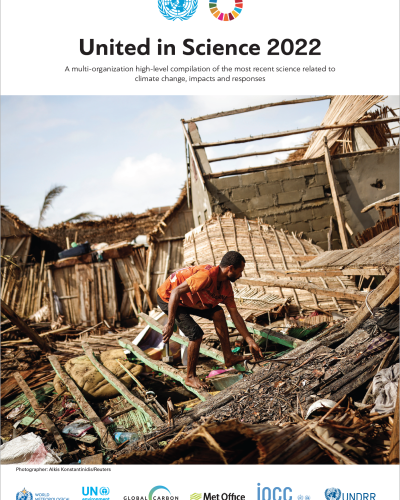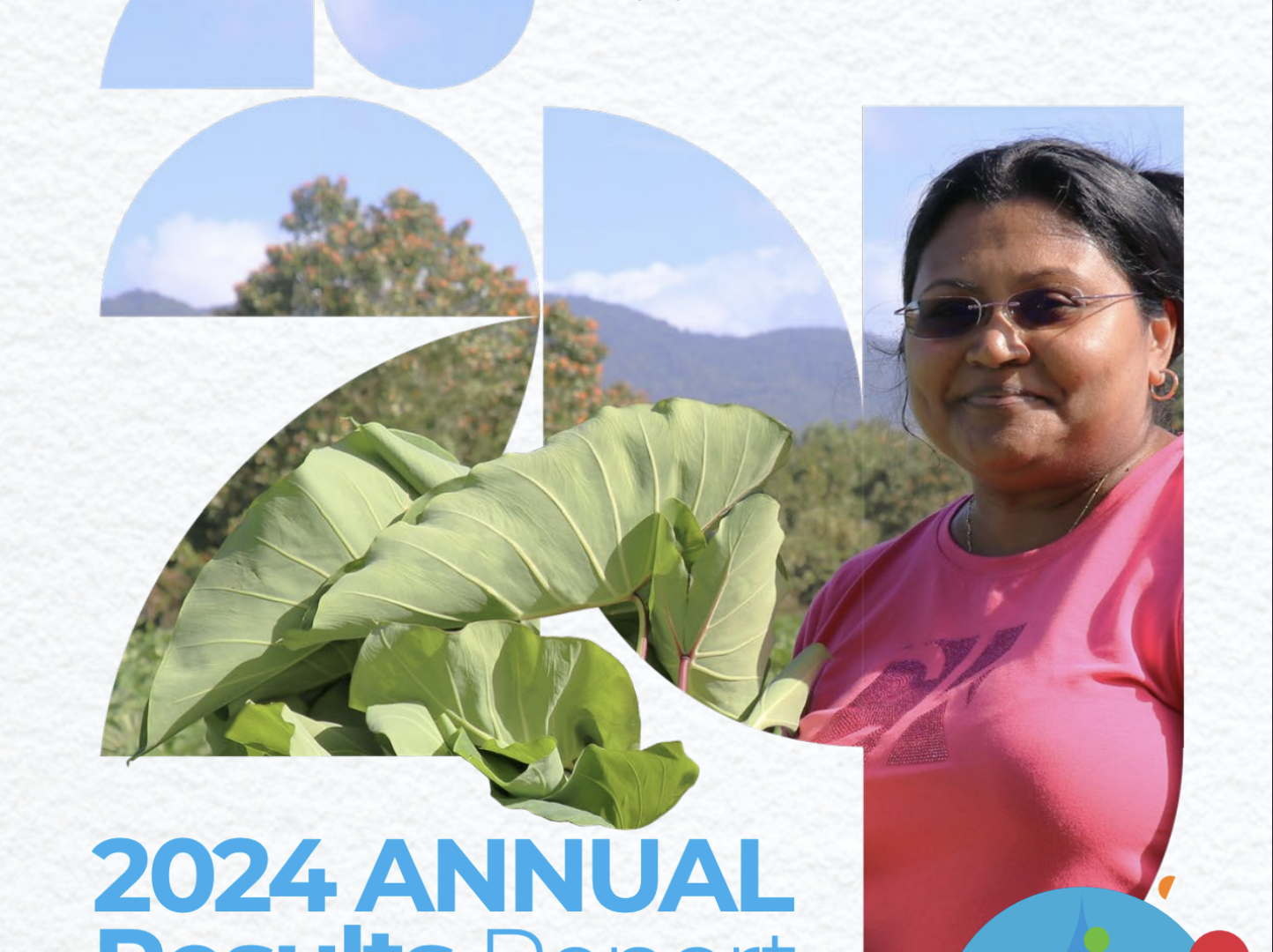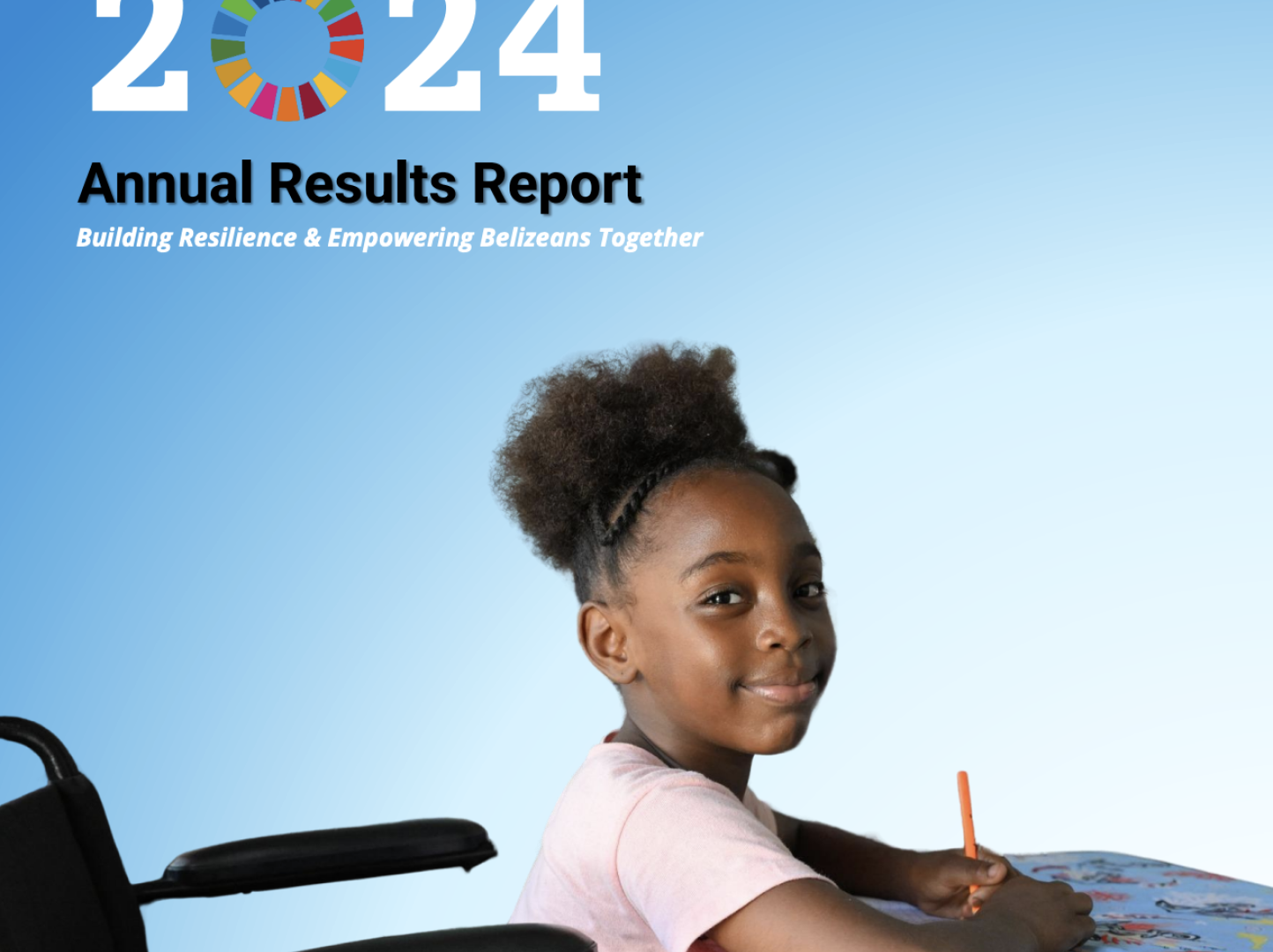United in Science 2022

United in Science provides an overview of the most recent science related to climate change, impacts and responses from the World Meteorological Organization (WMO) and partner organizations. At a time when urgent action to address climate change is needed, the report provides unified scientific information to inform decision-makers and highlights some of the physical and socioeconomic impacts of the current and projected climate.
According to the WMO Global Atmosphere Watch, atmospheric greenhouse gas (GHG) concentrations continue to rise, despite emissions reductions in 2020 resulting from the COVID-19 pandemic lockdowns. The Global Carbon Project also notes that, in 2021, global fossil CO2 emissions returned to 2019 pre-pandemic levels after a large, but temporary, absolute drop in emissions due to widespread lockdowns. These conditions are leading to increasing global surface temperature and other climatic changes, as highlighted by the WMO State of the Global Climate 2021 report, which found the most recent seven years, 2015 to 2021, to be the warmest on record.
Looking forward, the Met Office (UK), in partnership with the World Climate Research Programme, found that there is a 48% chance that, during at least one year in the next five years, annual mean temperature will temporarily be 1.5 °C higher than in 1850-1900. Additionally, there is a 93% chance that at least one year in the same time period will be the hottest on record.
The UN Environment Programme’s latest Emissions Gap Report found that the full implementation of mitigation pledges made by countries (as of 4 November 2021) is insufficient and will not keep global warming below 1.5 °C above pre-industrial levels. The report also found that the ambition of these pledges would need to be four times higher to keep global temperature rise below 2 °C above pre-industrial levels and seven times higher to limit warming to 1.5 °C. Enhanced mitigation action is needed to prevent the goals of the Paris Agreement from slipping out of reach.
Without ambitious action, the physical and socioeconomic impacts of climate change will be devastating. Irreversible physical changes in the climate system, known as tipping points, can not be ruleld out and could have significant global and regional consequences. According to the Urban Climate Change Research Network, cities – responsible for up to 70% of human-caused emissions – will face increasing climate impacts that will intersect with socioeconomic inequalities.
Additionally, the WMO World Weather Research Programme highlights that it is the world’s most vulnerable populations that will suffer the most, as has already been observed during recent extreme weather events.
Billions of people around the world are highly vulnerable to the impacts of climate change. As a result, adaptation and disaster risk reduction are crucial to lower the risks to climate impacts. According to WMO and the UN Office for Disaster Risk Reduction, early warning systems not only save lives and reduce losses and damages, but also contribute to disaster risk reduction, and support climate change adaptation. However, less than half of all countries in the world have these crucial systems and coverage is particuarly low in vulnerable countries. To address this issue, the United Nations SecretaryGeneral António Guterres called for new action to ensure every person on Earth is protected by early warning systems in the next five years.
Additionally, the Intergovernmental Panel on Climate Change recently released highly anticipated Working Group reports covering The Physical Science Basis; Impacts, Adaptation and Vulnerability; and Mitigation of Climate Change, which are an integral part of its Sixth Assessment Report. These important reports identify the strength of scientific agreement in these different areas as well as where further research is needed.
The science is clear – urgent action is needed to mitigate emissions and adapt to our changing climate. The United Nations system, along with its partners, will continue to provide world-leading science to inform decision-making and support global climate action.




